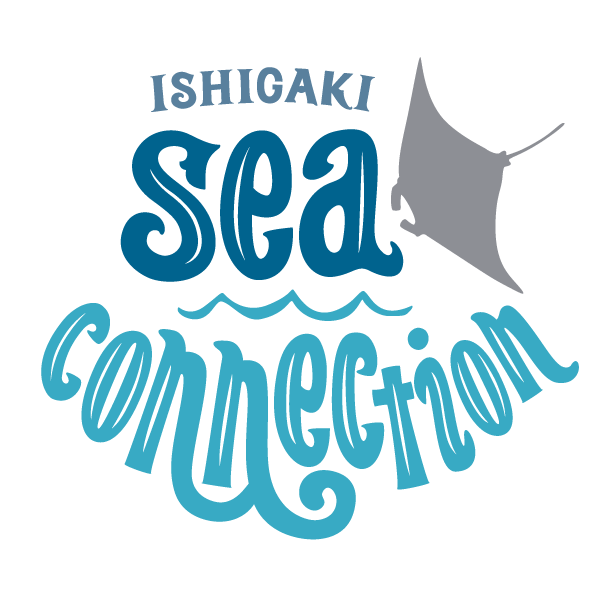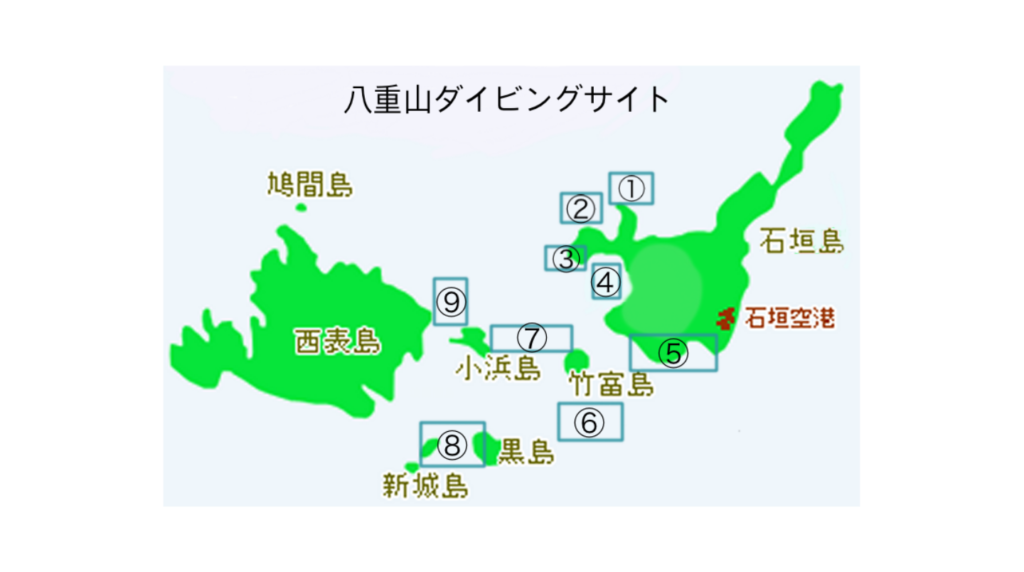
八重山には沢山の島があり、島ごとに様々なダイビングポイントがあります。バラエティ豊かなポイントをエリア別でご紹介いたします。
⓵ 石垣島川平石崎エリア

言わずと知れた、石垣島を代表するマンタ遭遇率の高いエリアです。石垣島の北側に位置するため、
南風には強いですが北風、北うねりに弱いポイント。夏から秋にかけてマンタ遭遇率が高くなり
ピークの10月・11月には10匹以上のマンタが乱舞している時もあります。
⓶ 石垣島御神崎、崎枝エリア
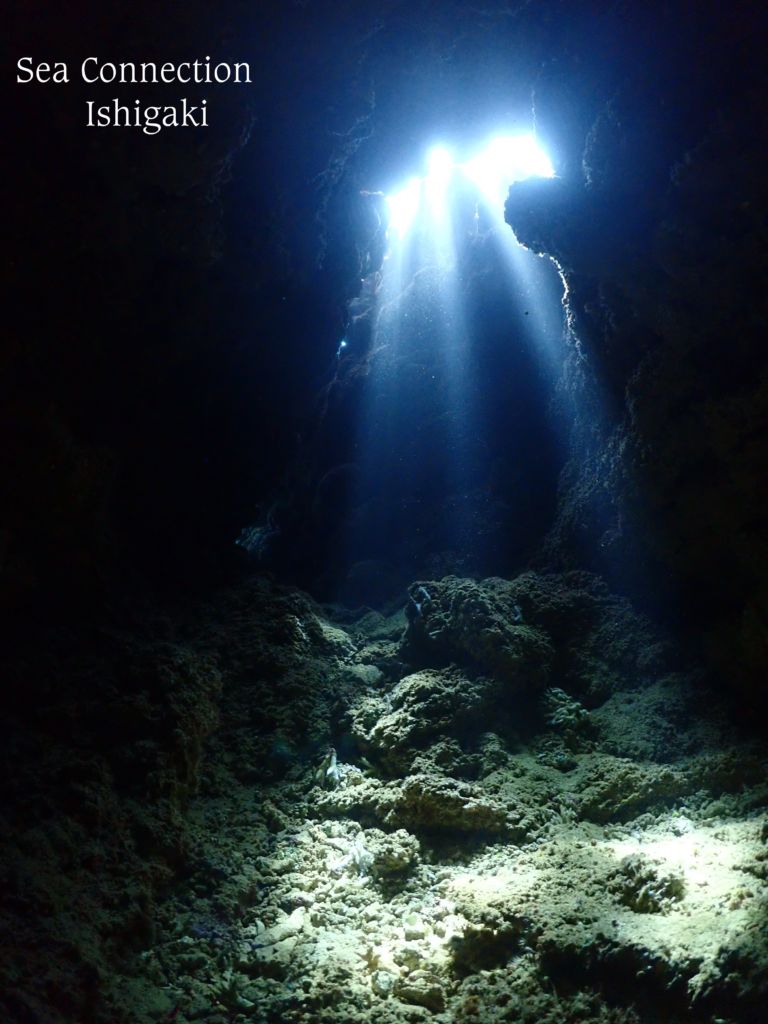
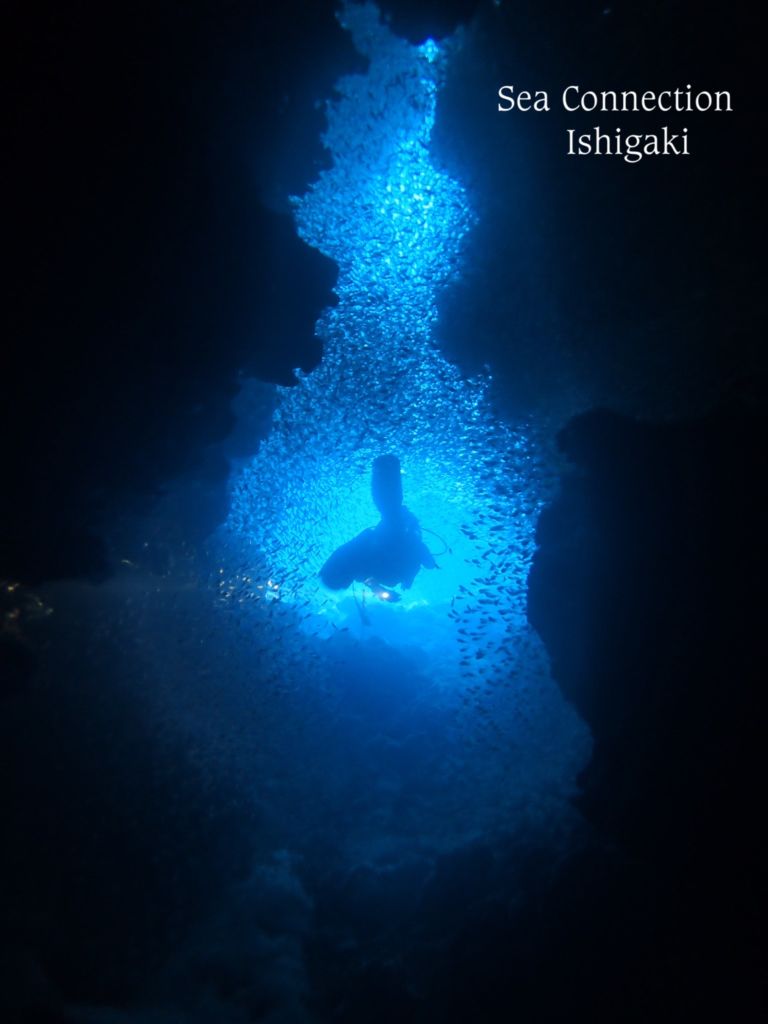
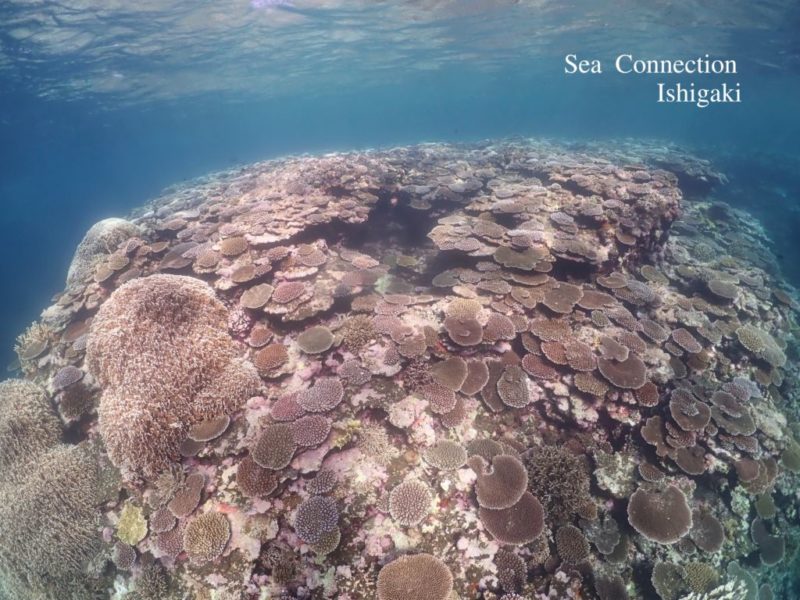
石垣島の西側に位置するエリアです。北風には弱いですが南〜東風の時に行けるポイント。
このエリアはアーチや洞窟が多く差し込む光が神秘的なポイントです。
夏限定ではありますが、アーチや洞窟の中に沢山のキンメモドキやスカシテンジクダイが集まり
地形派ダイバーに人気のポイント。
水深が浅い場所はサンゴの絨毯が広がりモンツキカエルウオ等、マクロ生物も充実してます。
⓷ 石垣島屋良部エリア
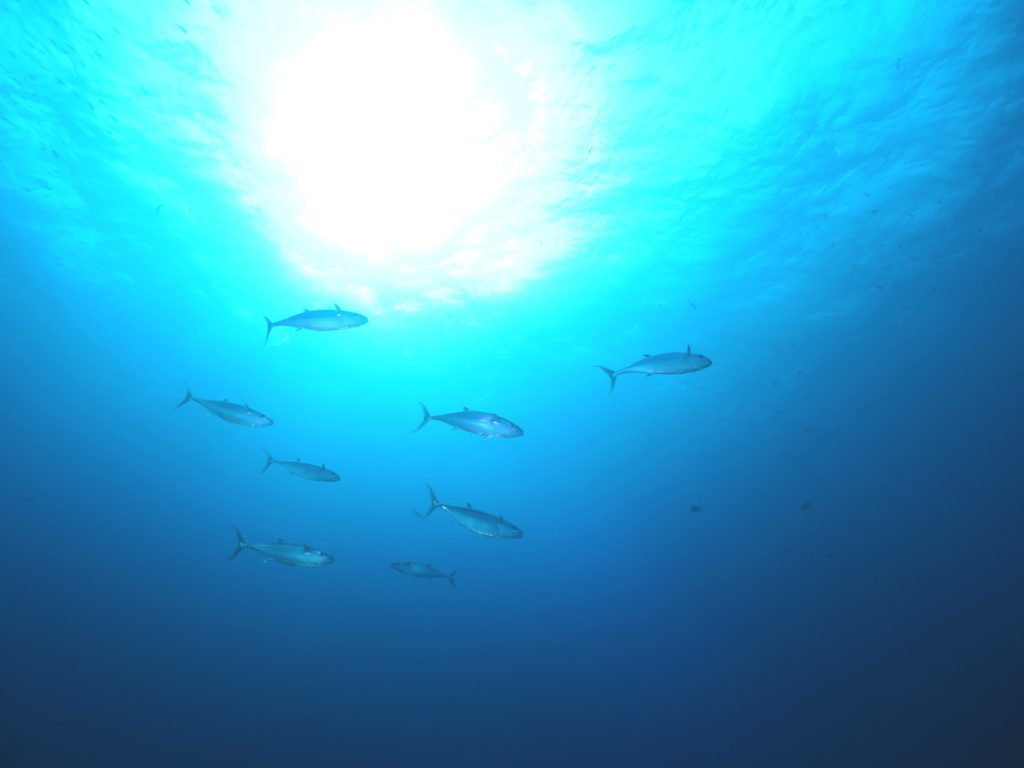
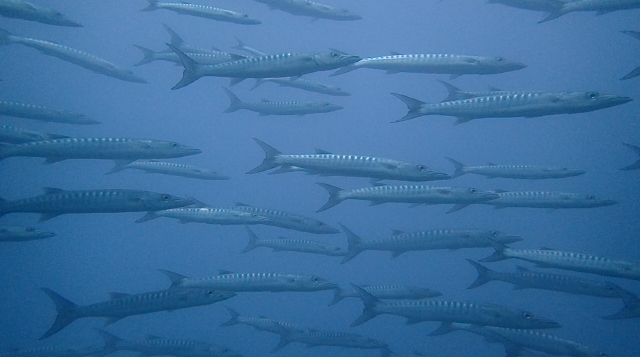
石垣島の南西部に位置する屋良部エリア。流れがある事が多く、当たればイソマグロ、バラクーダ、マンタ、マダラトビエイなどが見れます。過去にはバショウカジキが現れたこともあるので、油断できないエリアです。水の流れによって削られた独特な地形に目を向けてみても楽しめます。
⓷ 石垣島大崎エリア
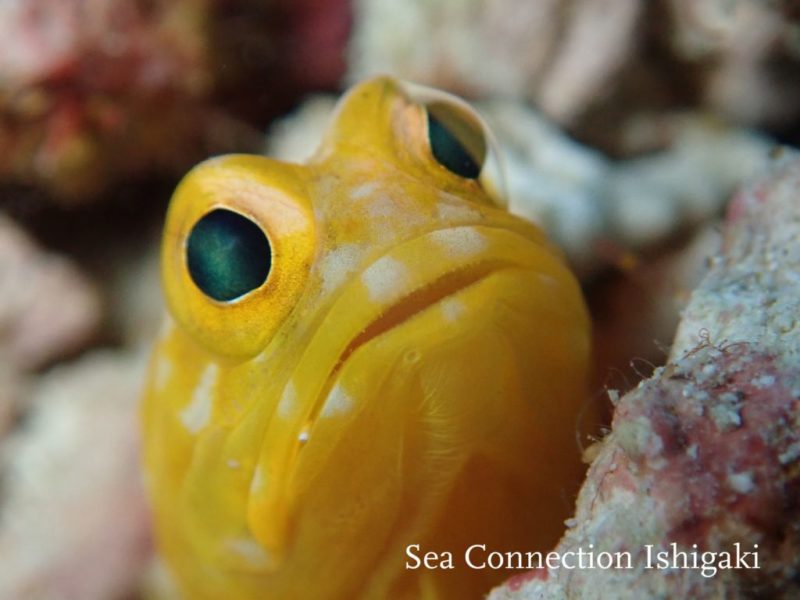
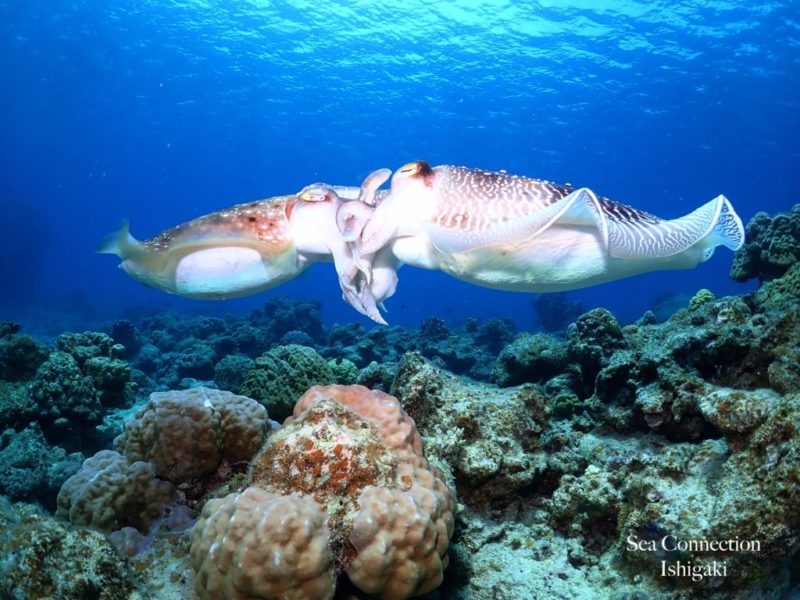
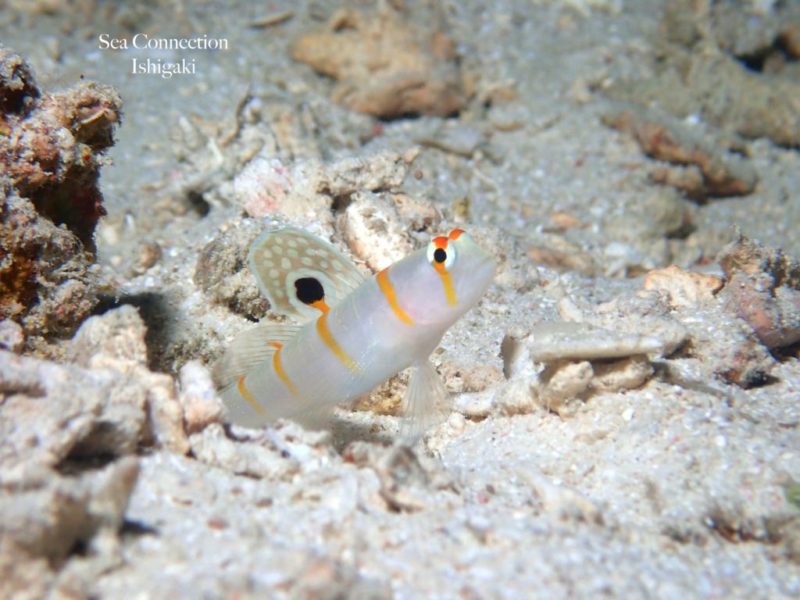

石垣島の南西に位置するエリアです。深場にはナカモトイロワケハゼやニチリンダテハゼ、沖合いに
泳いでいくとウミガメに高確率で出会えたり、浅瀬にはユビエダハマサンゴの群生があり春にはコブシメの産卵場所になっていたりと見所満載のエリアです。
⓸ 石垣島名蔵エリア
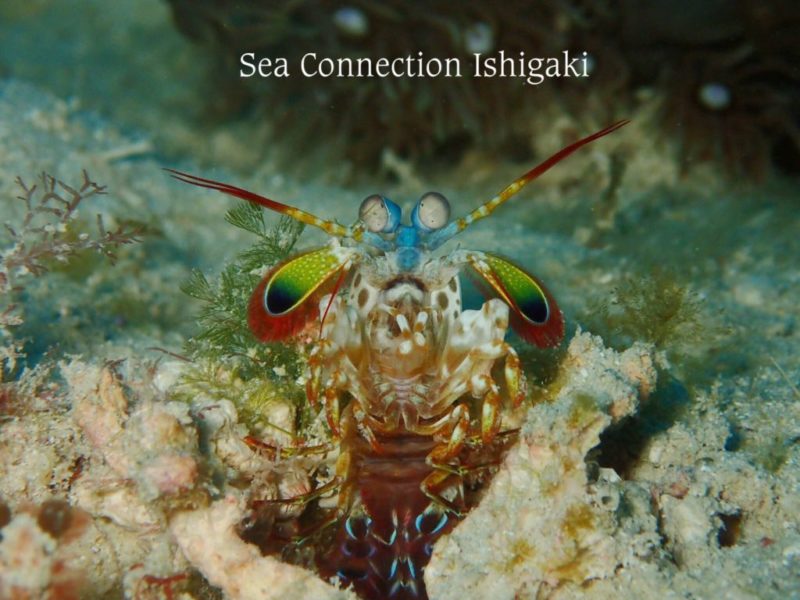
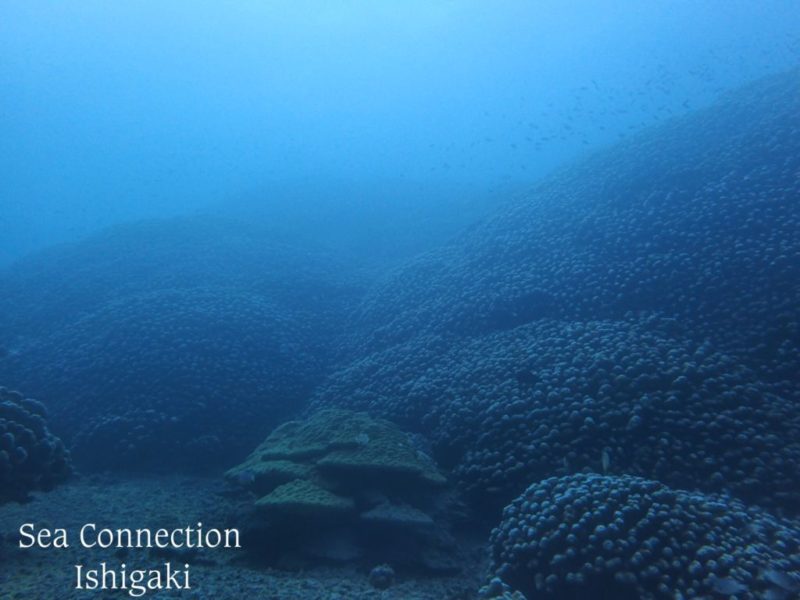
石垣島の南西エリア。石垣島で一番大きい湾です。島の栄養分と海が交わって独特な水中環境を作り出しているこのエリア。全周約70m、高さ約10mの超巨大なコモンシコロサンゴを始め、多種多様な生物を観察する事ができます。
⓹ 石垣島東海岸エリア
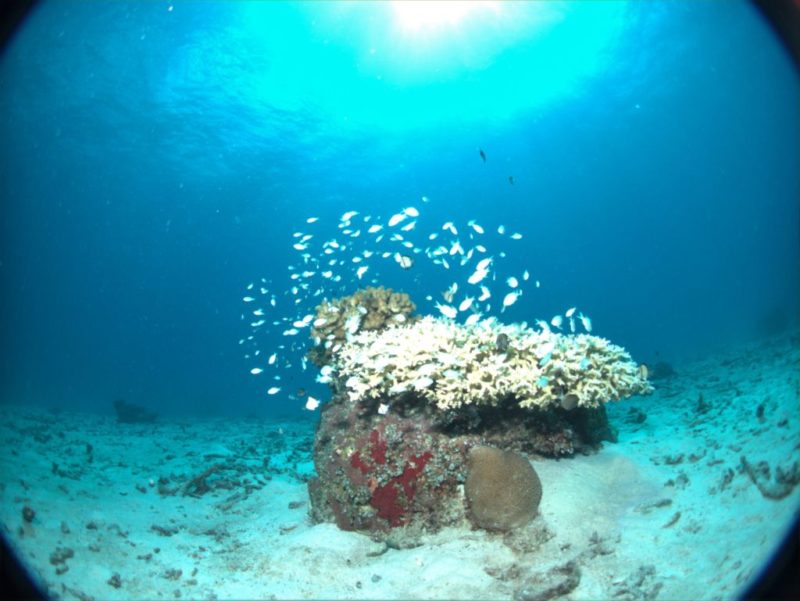
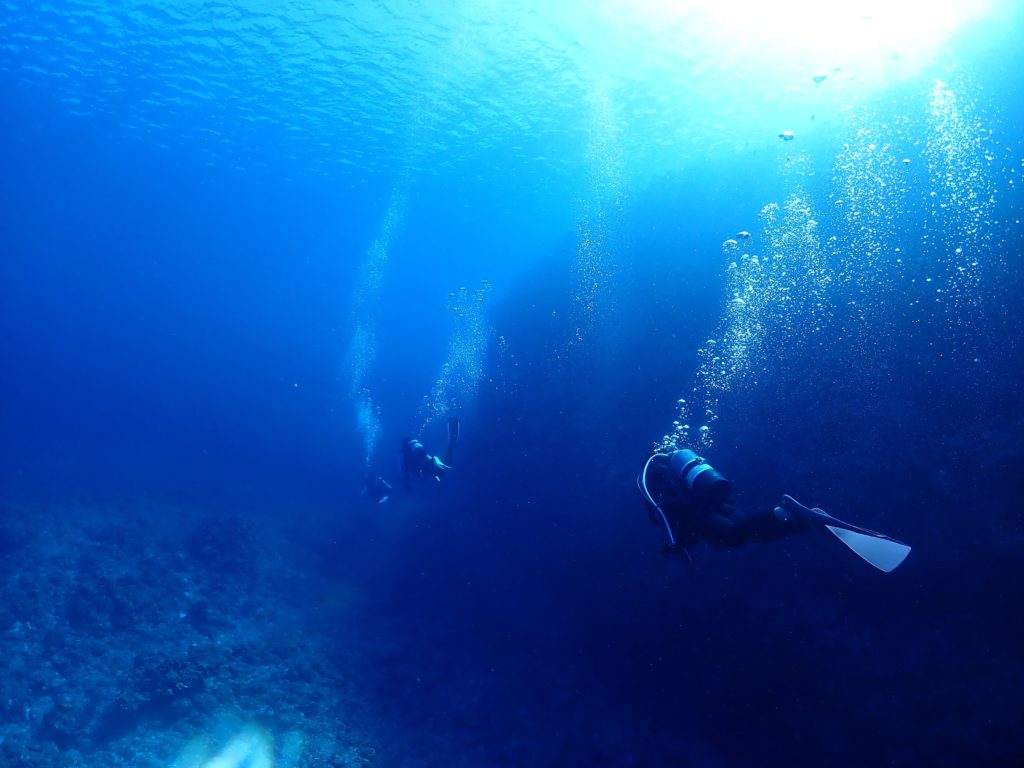
石垣島の南に位置するエリアです。北風が強い冬によくいくエリアです。宮良湾に入ればギンガハゼや珊瑚に群がるスズメダイが綺麗なポイント。アウトリーフに出ればダイナミックなドロップオフがあり、運が良いとマダラトビエイやナポレオンフィッシュ等が見れるポイントです。
⓺ 竹富島南エリア



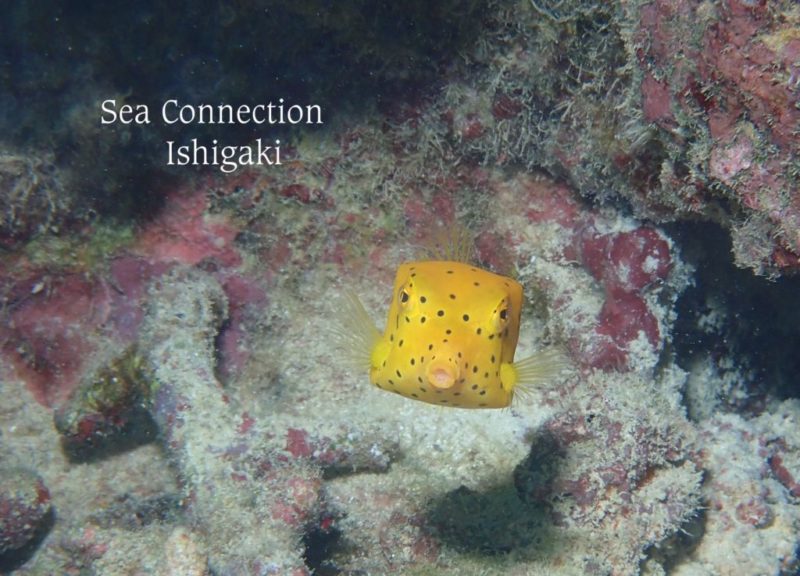
竹富島の南エリアは範囲が広くダイナミックな地形や水深12〜14mのフラットな砂地エリアがあります。砂地エリアには、人気のハナヒゲウツボやハナダイ、ハゼの種類も豊富です。夏には砂地に点在する根をスカシテンジクダイが覆い尽くすほど群れていたりと人気のポイントです。
⓻ 三ツ石、小浜島、嘉弥真島エリア

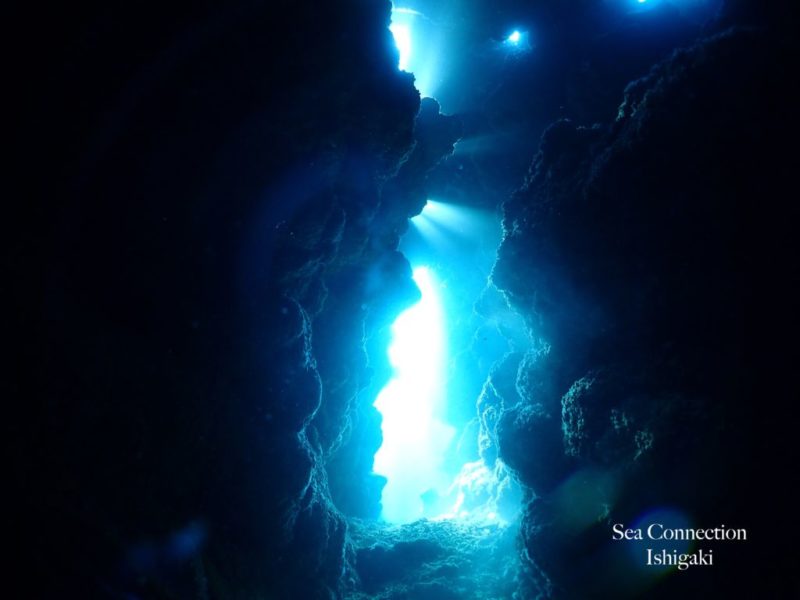
石垣島から西表島の間にある離島、小浜島、嘉弥真島、三ツ石の北側のエリアは南風に強く梅雨明け後の夏至頃に吹くカーチバイ(季節風)の時期によく行くエリアです。浅瀬から沖合に連なるリーフは入り組んでおり地形も面白く、浅瀬には様々な種類のサンゴの絨毯が広がりスズメダイがたくさん群れている癒しのエリアです。
⓼ 黒島、新城島エリア
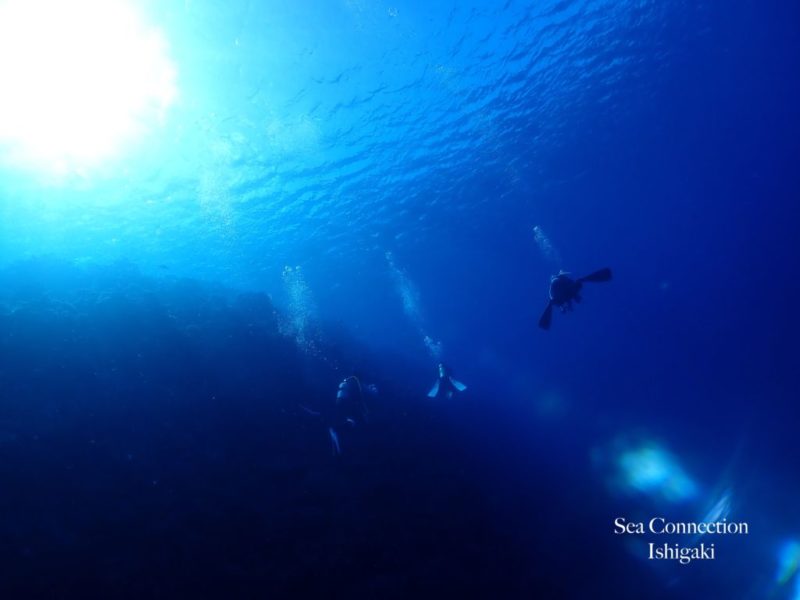
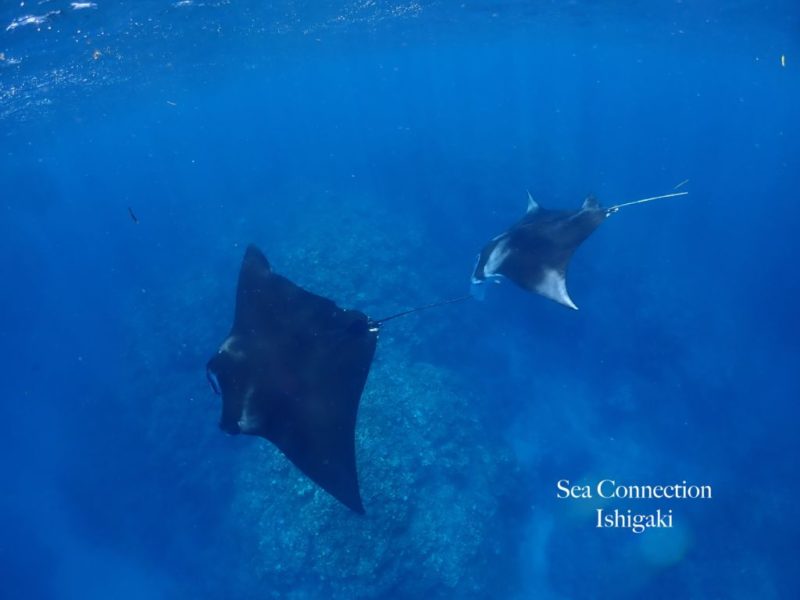
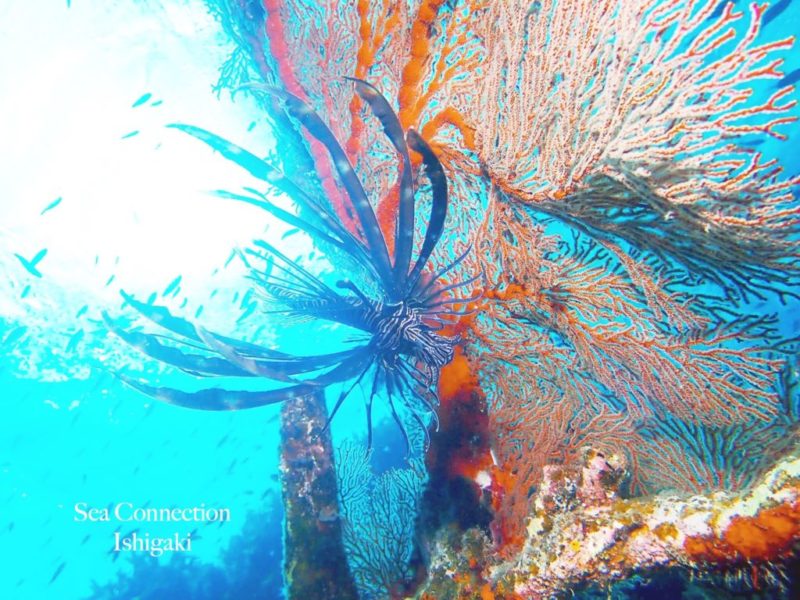
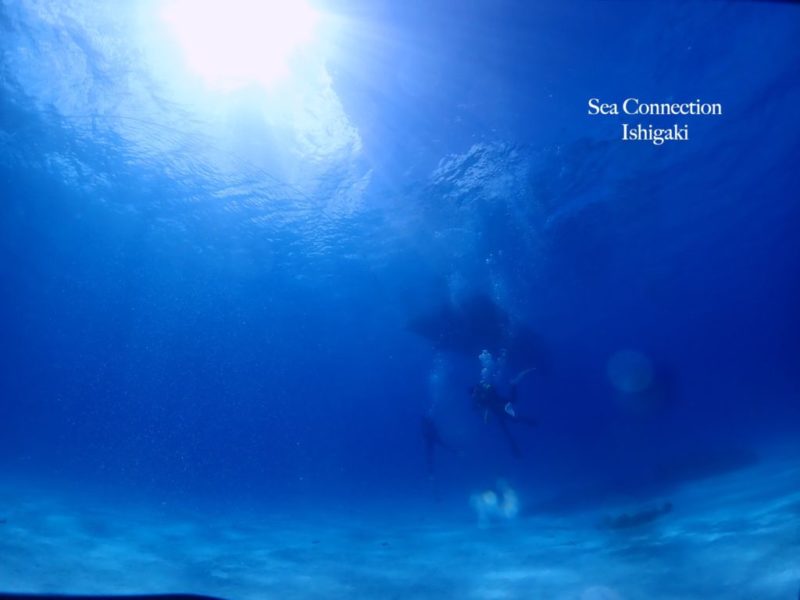
黒島の西側は、北風、北東の風に強いエリアです。透明度が高い事が多くダイナミックなドロップオフではまるで空を飛んでいるかのような感覚になります。綺麗な光のカーテンが差し込む洞窟もあり地形も楽しめます。水温の下がる冬にはウミウシも多く観察する事ができ、さらには水面に発生するプランクトンを捕食しにマンタが現れる事もあるエリアです。
⓽ ヨナラ水路
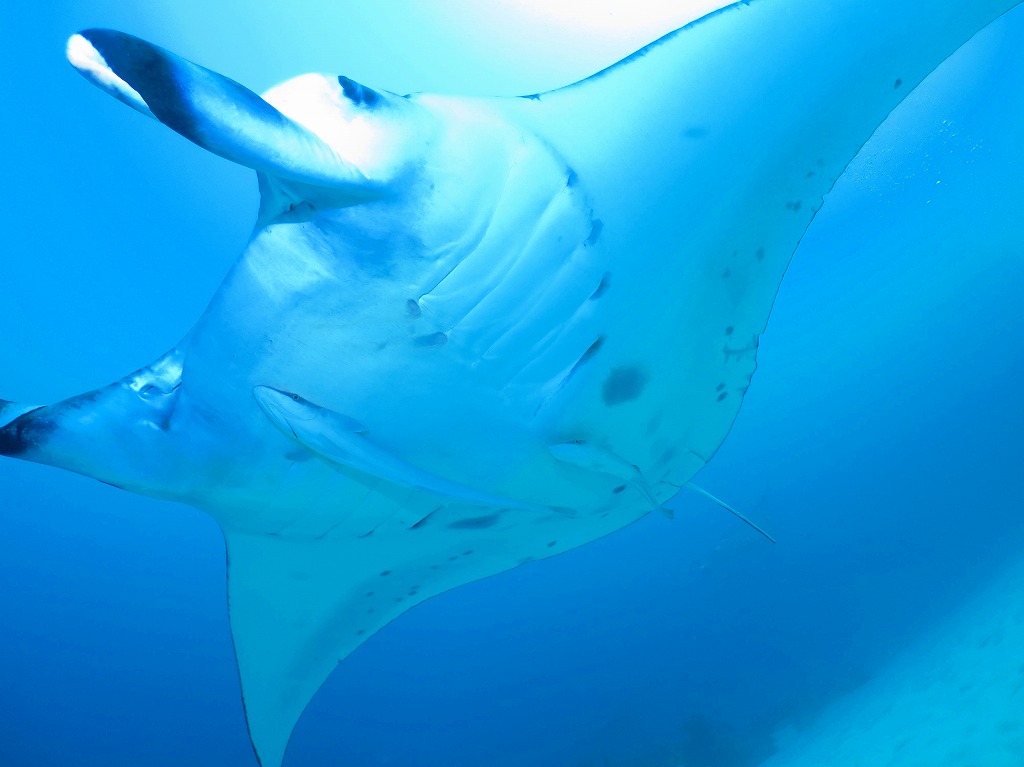
西表島と小浜島の間にあるドリフトポイントです。白い砂地に大きなマンタは圧巻です。他にも何が出るか分からないギャンブル的なダイビングが楽しめるポイントです。
流れが強く深度が一定して深いため、下記のような制限をさせていただいています。
・アドバンスド・オープンウォーター・ダイバー以上のCカードが必要です。
・エンリッチドエアシリンダーの使用が必須になります。
・中性浮力がとれる、安全停止が問題なくできるかなど、スタッフが事前に判断させていただきます。
Kabira Area
1 Kabira Ishizaki Manta Scramble
Skill level: all levels
Maximum depth: 25 m
Currents: nearly none
Distance: 10 min. from Kabira Area / 50 min. from Ishigaki port
This area is about 600 m wide from east to west, 200 m long from north to south. There are many cleaning stations for manta rays. During the manta mating season from the beginning of September to the middle of November, you may have the chance to see schools of manta rays. Turtles are seen all year round.
2 Manta City Point
Skill level: all levels
Maximum depth: 25 m
Currents: nearly none
Distance: 10 min. from Kabira Area / 50 min. from Ishigaki port
At 400 m west of “Manta Scramble”, there are cleaning stations for manta rays on the reef about 10 m deep. From April to November, if you are lucky, 5 to 10 manta rays may be hovering around the reef. In accordance with the local rules for manta protection, there cannot be more than 5 dive boats at this place at the same time.
3 Yonehara W reef, West
Skill level: all levels
Maximum depth: 26 m
Currents: nearly none
Distance: 15 min. from Kabira Area
It is located to the west of the big coral reef called “W reef” or in Okinawan language “Pukapi”. When you dive in the reef faults, you may find whitetip reef sharks sleeping under the overhangs. Yonehara is also good for snorkeling to enjoy corals and small colorful fish.
West Area
4 Osaki Hanagoi Reef
Skill level: all levels
Maximum depth: 30 m
Currents: nearly none
Distance: 10 min. from Kabira Area / 25 min. from Ishigaki port
In the south of the Sakieda peninsula, there are lots of basslets on this reef. In Japanese, hanagoi is the name of a kind of basslet fish. You may find the yellow head jawfish, harlequin shrimp and, in the spring time, the broadclub cuttlefish laying eggs in shallow water.
South Area
5 Tokakin-no-ne
Skill level: all levels
Maximum depth: 30 m
Currents : sometimes strong
Distance: 40 min. from Ishigaki port
Tokakin means dogtooth tuna in the Okinawan language, and ne means coral bommie in Japanese. So, this is a dive site where you might be able to see pelagic fish including schools of dogtooth tuna, hammerheads, and mantas. At the depth of 13 m, there are square-spot fairy basslets.
6 Yonara Channel
Skill level: advanced
Maximum depth: 30 m
Currents: sometimes very strong
Distance: 45 min. from Ishigaki port
This is a channel between Kohama Island and Iriomote Island, 500 m to 750 m wide and 5 km long. A recently discovered manta ray site, different from the “Yonara Channel Mantaway”, is on a sandy bottom at the depth of 26 m. While waiting for the manta rays, you can observe garden eels on the sandy bottom.
